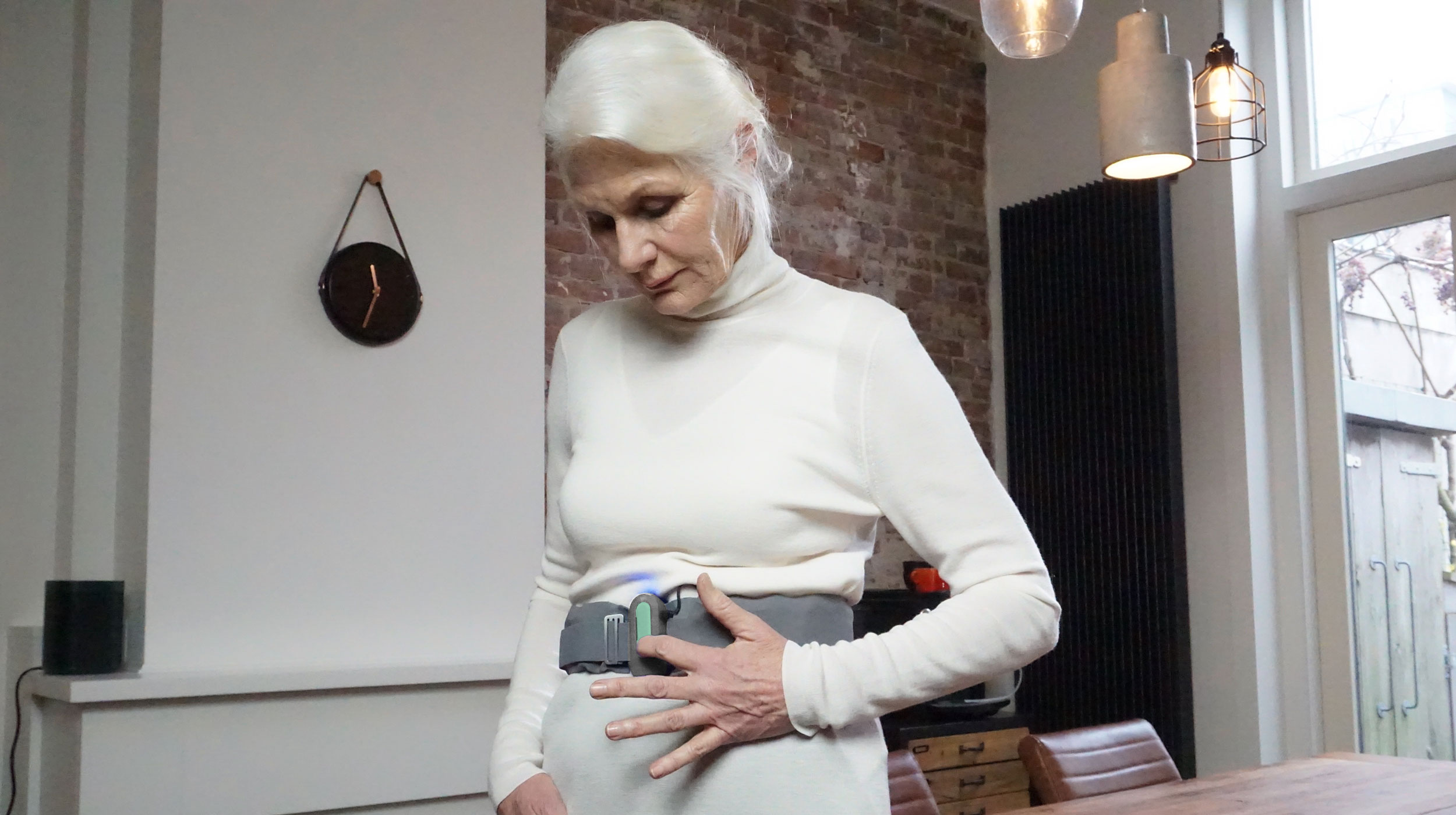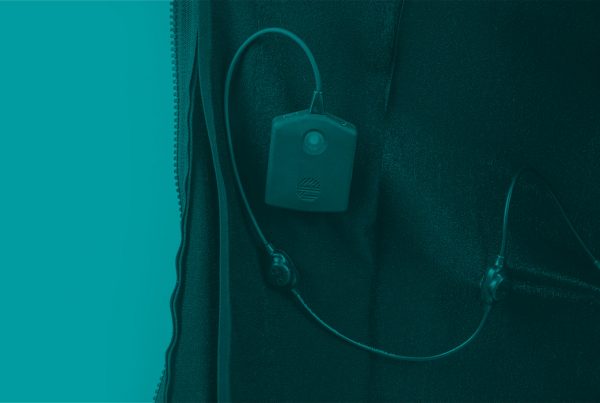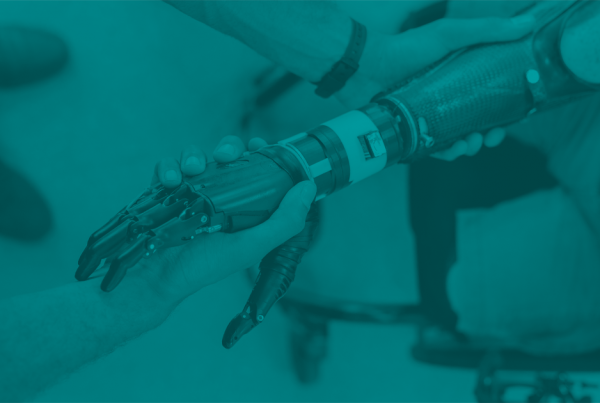How can designers help limit risks in the wearables development process? Our design team share their top recommendations:
1. Understand the client's goal
If you are developing for a third party, this should be the first step of the development process. Make sure you thoroughly understand the client’s vision for the wearable: What is the essence of the product?
This includes:
- Who is the intended target group?
- What needs will the wearable solve?
- What functionalities and features are desired and required?
- What should it look like?
- How will the wearable be marketed and sold?

2. Understand the end user
Most importantly, make sure the wearables will solve a real user need. Dive into the world of the end user: observe, engage and empathise with them to understand their experiences and motivations. If possible, immerse yourself in their environments to gain a deeper personal understanding of the issues involved and how they may impact the design.

3. Work with a clear product roadmap
A product roadmap outlines the wearables’ journey throughout the development process: It defines at which stage all the product functionalities and features will be added.
For example, often the final product will feature wireless connectivity such as Bluetooth, but this is not required in the earlier Proof of Concept and Prototype stages. If you can anticipate these future features, you can take them into account in your other design choices. This is especially important if the feature influences or even precludes certain components, architecture, data storage, etc. Having a clear product roadmap prevents you from having to spend time and money redesigning components and software later on.
4. Verify your assumptions
As designers we inevitable make a series of assumptions that may or may not be correct. The trick to successful product design and minimising risk is to verify these assumptions as soon as you can.
Use any design tools you have available – sketching, ‘paper mock-ups’, benchmarking, etc. – to achieve this.

5. Build a Proof of Concept as soon as you can
The sooner you can build a Proof of Concept wearable and validate this with both the client and end users, the better. The Proof of Concept will tell you if your idea or technology has is feasible and practical potential, before making significant investments.
Following these best practices from our Design Team will help you limit the risk of developing wearables.





